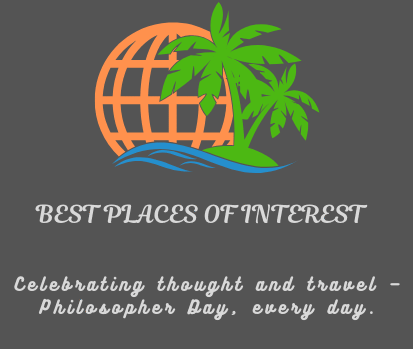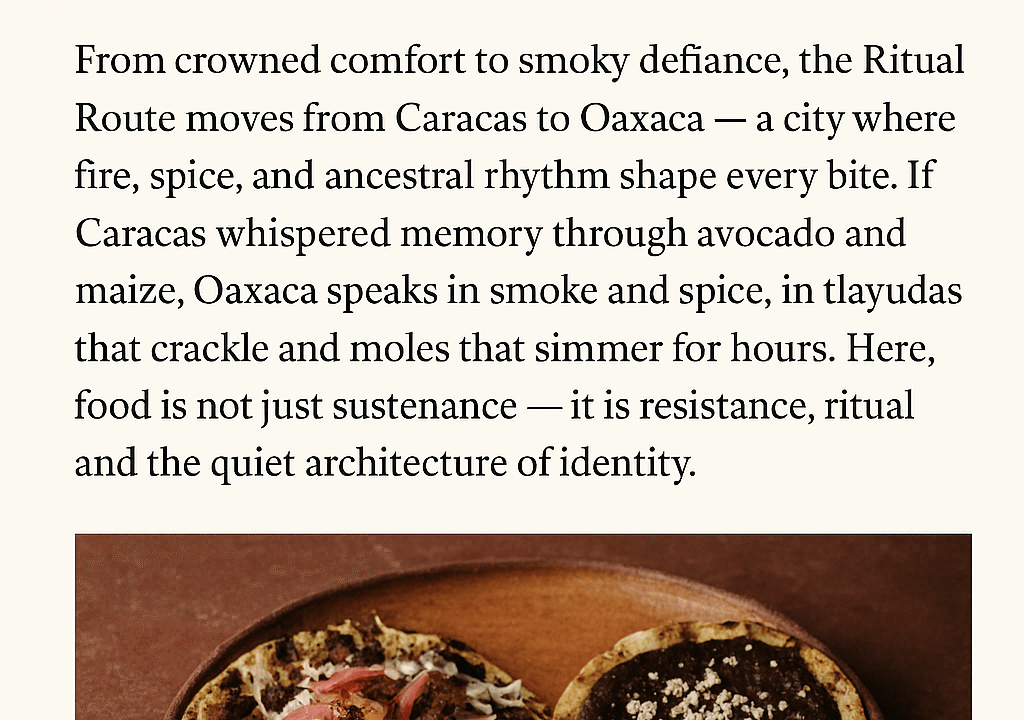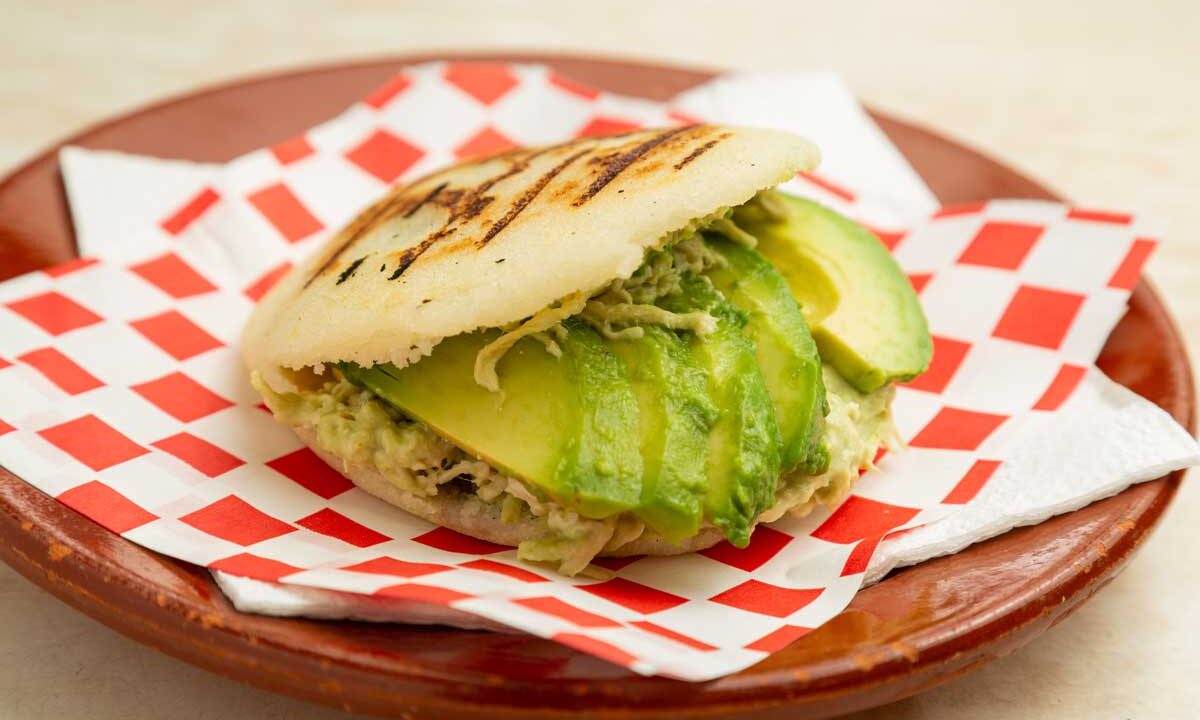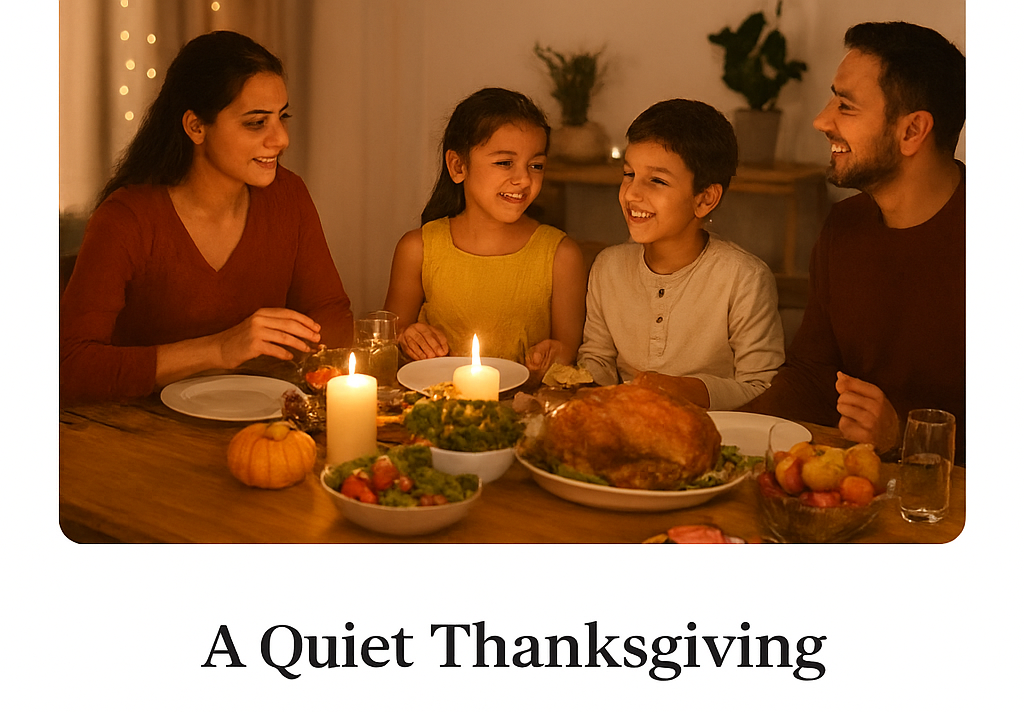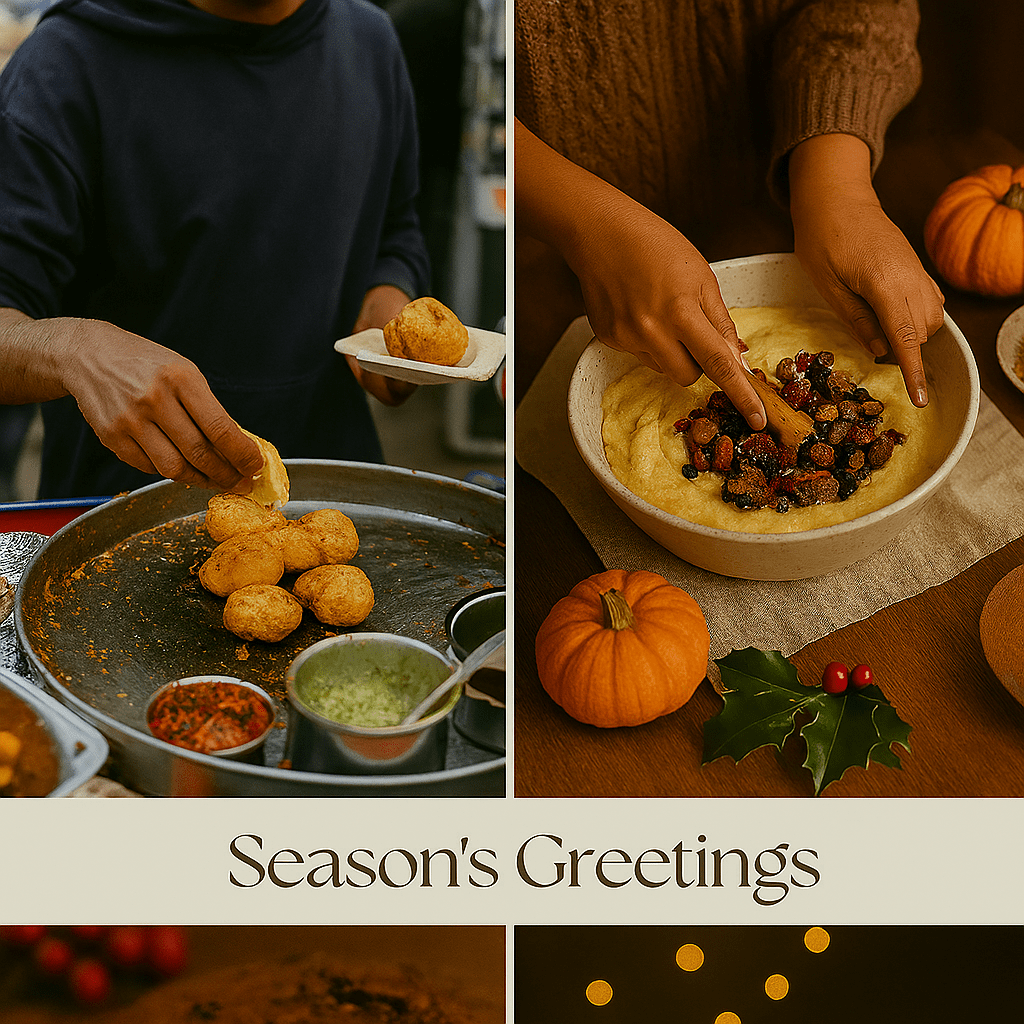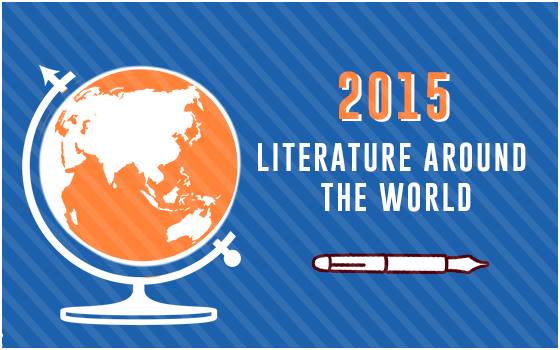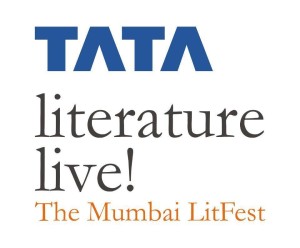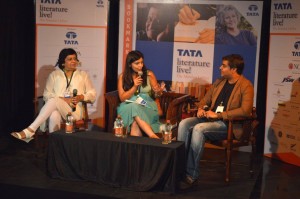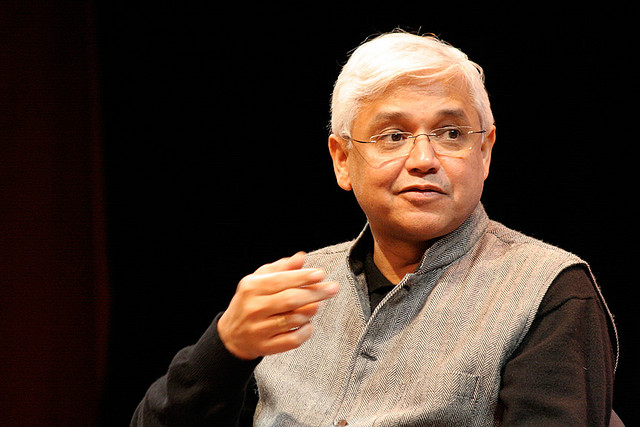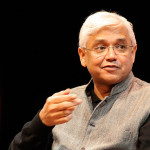I recently came across this book, The Power of Now: A Guide to Spiritual Enlightenment by Eckhart Tolle as I was going through my book collections. The book is enlightening. It is beautifully written. Eckhart Tolle introduces us with his story. A story of early depression and despair that resulted in a wonderful experience of awakening one night not long after his birthday. Here is what he states:
I opened my eyes. The first light of dawn was filtering through the curtains. Without any thought, I felt, I knew that there is infinitely more to light than we realise……… Everything was fresh and pristine, as if it had just come into existence… I walked around the city in utter amazement at the miracle of life on earth, as if I had just been born into this world.
The book originated in response to questions asked by individuals in seminars, meditation classes and private counselling sessions. The book has dialogues which alternate between two levels. The first one, the nature of human unconsciousness and dysfunction as well as its most common behavioural manifestations, from the conflict in relationships to wars between tribes and nations. This he states as ‘false’ in you. Unless you acknowledge this there can be no transformation and you could end up into illusion and pain. The second level is of the profound transformation of human consciousness not as distant future but of now- no matter who you are or where you are. The following is as he states this:
The words are not always concerned with information but designed to draw you into this new consciousness as you read. I endeavour to take you with me into that timeless state of intense conscious presence in the Now, so as to give you the taste of enlightenment…I believe you will realise that they contain a great deal of spiritual power and they may become for you the most rewarding parts of this book. Every person carries the seed of enlightenment within, I often address myself to the knower in you who dwells behind the thinker, the deeper self that immediately recognises the spiritual truth, resonates with it, and gains strength from it.
In chapter 1, he explains Enlightenment. Here is what he has to say:
The word enlightenment conjures up the idea of some superhuman accomplishment and the ego likes to keep it that way, but it is simply your natural state of felt oneness with Being. A state of connectedness with something immeasurable and indestructible, essentially you and yet is much greater than you. It is finding your true nature beyond name and form. The inability to feel this connectedness gives rise to the illusion of separation, from yourself and from the world around you…. Fear arises and conflict within and without becomes the norm.
He further states that:
Enlightenment is a state of wholeness of being, at one and therefore at peace. At one with life in its manifested aspect… Enlightenment is not only the end of suffering and of continuous conflict within and without, but also the end of the dreadful enslavement to incessant thinking.

This book contains important lessons about how to live in the present and dissociate from your mind and ego.
I shall conclude with his own words about the Power of Now:
Only through accessing the power of Now, which is your own power, can there be true forgiveness. This renders the past powerless, and you realise deeply that nothing you ever did or that was ever done to you could touch even in the slightest the radiant essence of who you are. The whole concept of forgiveness then becomes unnecessary.
When you surrender to what is and so become fully present, the past ceases to have any power. You do not need it anymore. Presence is the key. The Now is the key.
Nothing has happened in the past; it happened in the Now. Nothing will ever happen in the future; it will happen Now.
The book makes you rethink about the purpose of life and to live in the now. You cannot control what is going to happen.
It is one of my favourite books and often refer to it as it transforms your thinking.
*/ This post is also inspired by WPC Now take a moment to notice your now, and share a photo of it. Perhaps it is something imperfect, or mundane, or under-appreciated. /*
Image source – Eckhart Tolle
